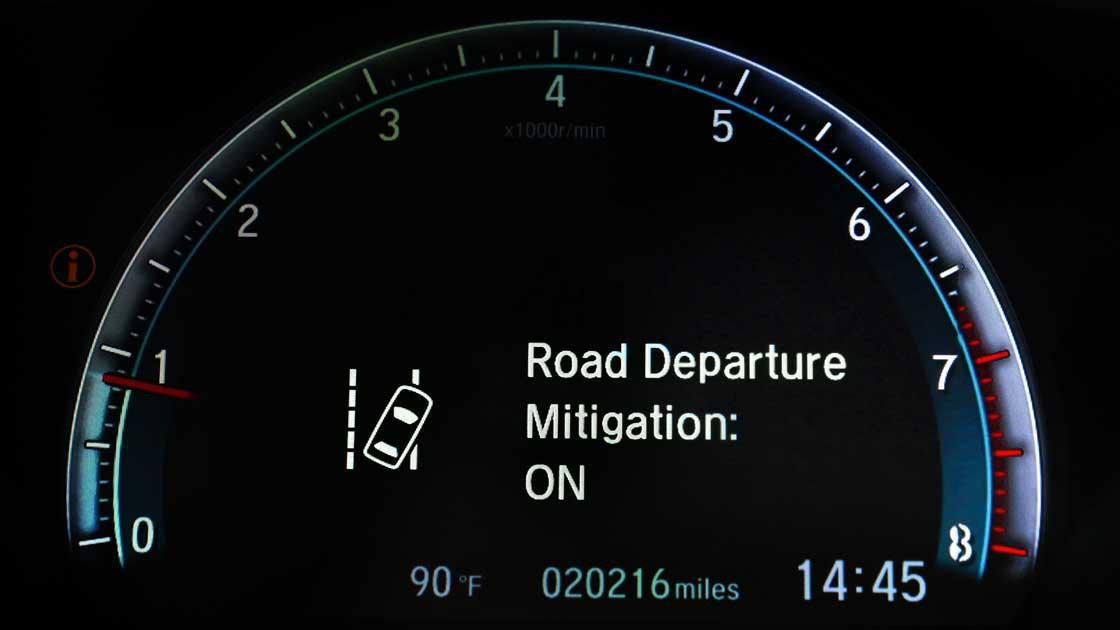A new study from the Insurance Institute for Highway Safety (IIHS) indicates a surge in the activation rates of lane departure and speed alert systems among modern vehicles.
The study surveyed nearly 2,400 vehicles at dealerships in the Washington, D.C., area, revealing that 87% of vehicles equipped with lane departure warning and prevention systems had these features turned on, a large increase from just 51% in a similar study conducted eight years ago. These systems, which help prevent sideswipe, head-on and run-off-road crashes by alerting drivers or making minor steering adjustments, are now less likely to be deactivated thanks to improvements in their design and user interface.
"These results hint at a growing awareness that crash avoidance systems and other technologies can improve safety," said IIHS President David Harkey. "They also indicate that automakers' efforts to increase usage rates have been a success."
In addition to lane departure technologies, the study examined the adoption of visual speed alerts, which warn drivers when they exceed the speed limit. Activation rates for these alerts stood at 70%, significantly higher than those for audible speed warnings, which were activated in only 14% of vehicles, suggesting a preference among drivers for less intrusive alert methods.
“The results reflect a combination of better designs and a growing acceptance of crash avoidance systems, more generally,” said IIHS Research Scientist Aimee Cox, the lead author of the study. “The new designs make the feature a little harder to turn off and a lot less annoying for the driver.”
California Gov. Gavin Newsom recently vetoed a bill that would have mandated most vehicles by 2030 come equipped with ADAS tech alerting drivers when they exceed posted speed limits by 10 mph. Newsom said it would most likely become a federal rule, so it didn't make sense to create "a patchwork of regulations" at the state level.
The research also points to a broader acceptance of front crash prevention technologies, with systems like forward collision warning or automatic emergency braking (AEB) activated in 94% of the surveyed vehicles. These systems, which are often integral to newer vehicle designs and cannot be disabled, reduce the prevalence of front-to-rear crashes.
The increase in safety technology use comes as auto manufacturers and regulatory bodies push for more advanced features to combat road fatalities, which often involve speeding. The European Union currently mandates intelligent speed assistance (ISA) systems that provide at least visual alerts.
“The increased acceptance of lane departure prevention should translate into larger reductions in crash rates,” Harkey said. “The same thing can happen with anti-speeding alerts -- which these results show are already more popular with drivers than some experts believed possible.”













